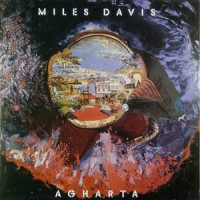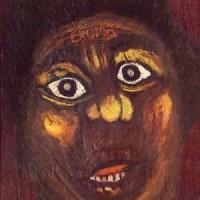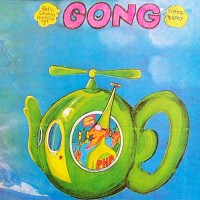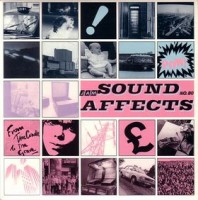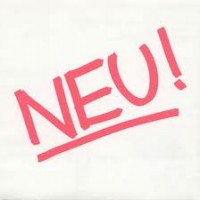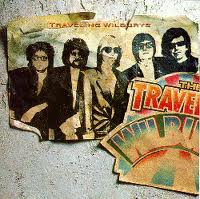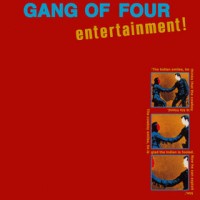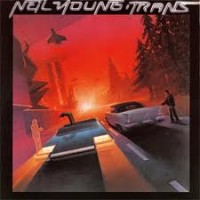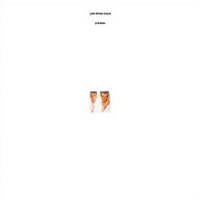
This is the first, and considered by many, to be the quintessential Pet Shop Boys album. Anyone familiar with the popular music of the 1980s will know the dominant track on the album, West End Girls. Still considered their greatest hit, the Pet Shop Boys capitalized on the synthesizer and sample-heavy sound conjured up for this song by producing a slick London-based video that catapulted the PSB into the limelight around the world for the next several years.
The music of the Pet Shop Boys defies easy explanation. The lyrics are witty and urbane, very much a product of the disco and consumer-big-money culture of the 1980s. Songs like Opportunities/Let’s Make Lots of Money became a sort of capitalist anthem, spawning two different video versions and countless remixes for the disco environments. Taking a cue from the popular television of the time, the song Suburbia has a piano overlay that sounds similar to the then massively-popular Eastenders, and the lyrics recount a East End-esque storyline which sparks familiarity with those immersed in the pop culture. The song Love Comes Quickly highlights both synthesizer effects and masking as well as simple and elegant poetic lyric. No base or screaming lines in this disco, no banal or forced words simply to serve as fronting for a drum-machine-produced rhythm, this song perhaps shows the Pet Shop Boys at their early height in development of words to music.
Neil Tennant and Chris Lowe have continued their collaboration to produce ever more complex and interesting albums, not all of which have been successful, commercially or artistically. While Please is not their best album, it is certainly a classic, and very much the seed from which all the rest of their sound derives. Everything on any future album of the Pet Shops Boys is present in some form here. A must have for any collector of the Pet Shop Boys or of 1980s pop culture and music. —FrKurt


